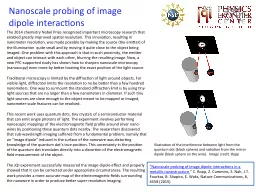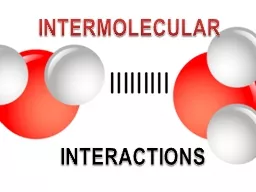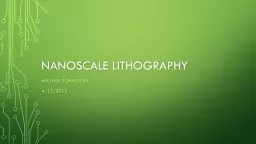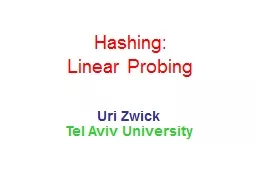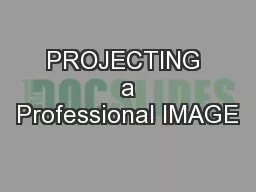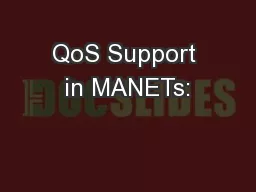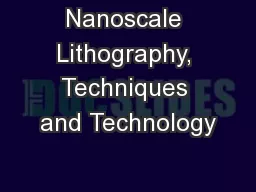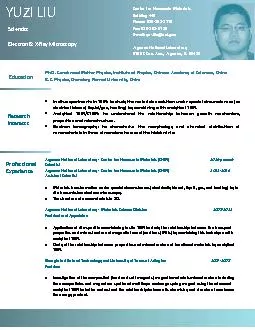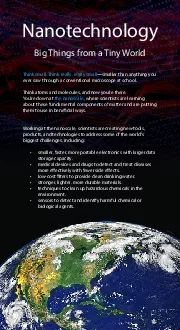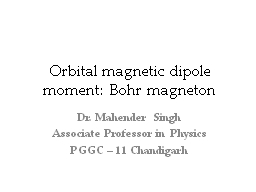PPT-Nanoscale probing of image dipole interactions
Author : tatyana-admore | Published Date : 2018-03-18
Nanoscale probing of image dipole interactions in a metallic nanostructure C Ropp Z Cummins S Nah JT Fourkas B Shapiro E Waks Nature Communications 6 6558
Presentation Embed Code
Download Presentation
Download Presentation The PPT/PDF document "Nanoscale probing of image dipole intera..." is the property of its rightful owner. Permission is granted to download and print the materials on this website for personal, non-commercial use only, and to display it on your personal computer provided you do not modify the materials and that you retain all copyright notices contained in the materials. By downloading content from our website, you accept the terms of this agreement.
Nanoscale probing of image dipole interactions: Transcript
Download Rules Of Document
"Nanoscale probing of image dipole interactions"The content belongs to its owner. You may download and print it for personal use, without modification, and keep all copyright notices. By downloading, you agree to these terms.
Related Documents

